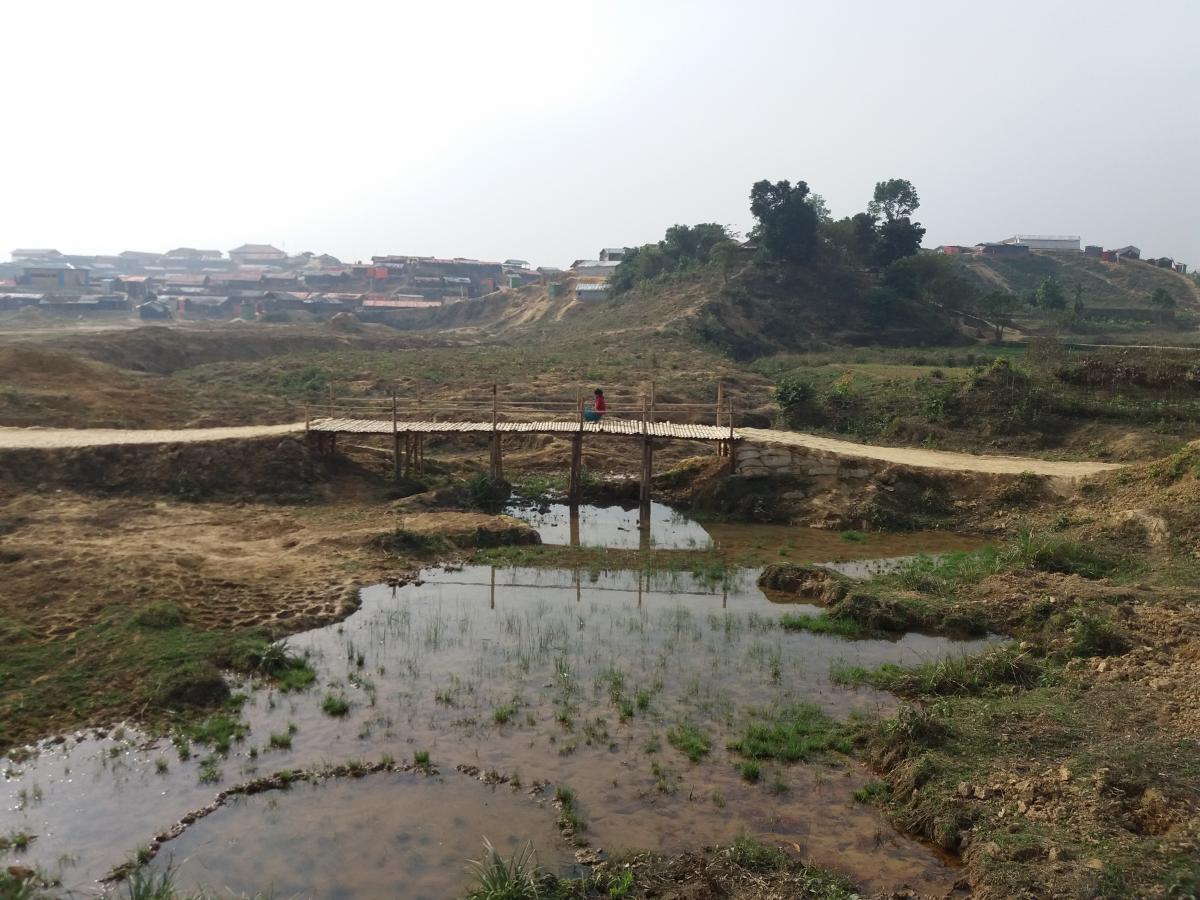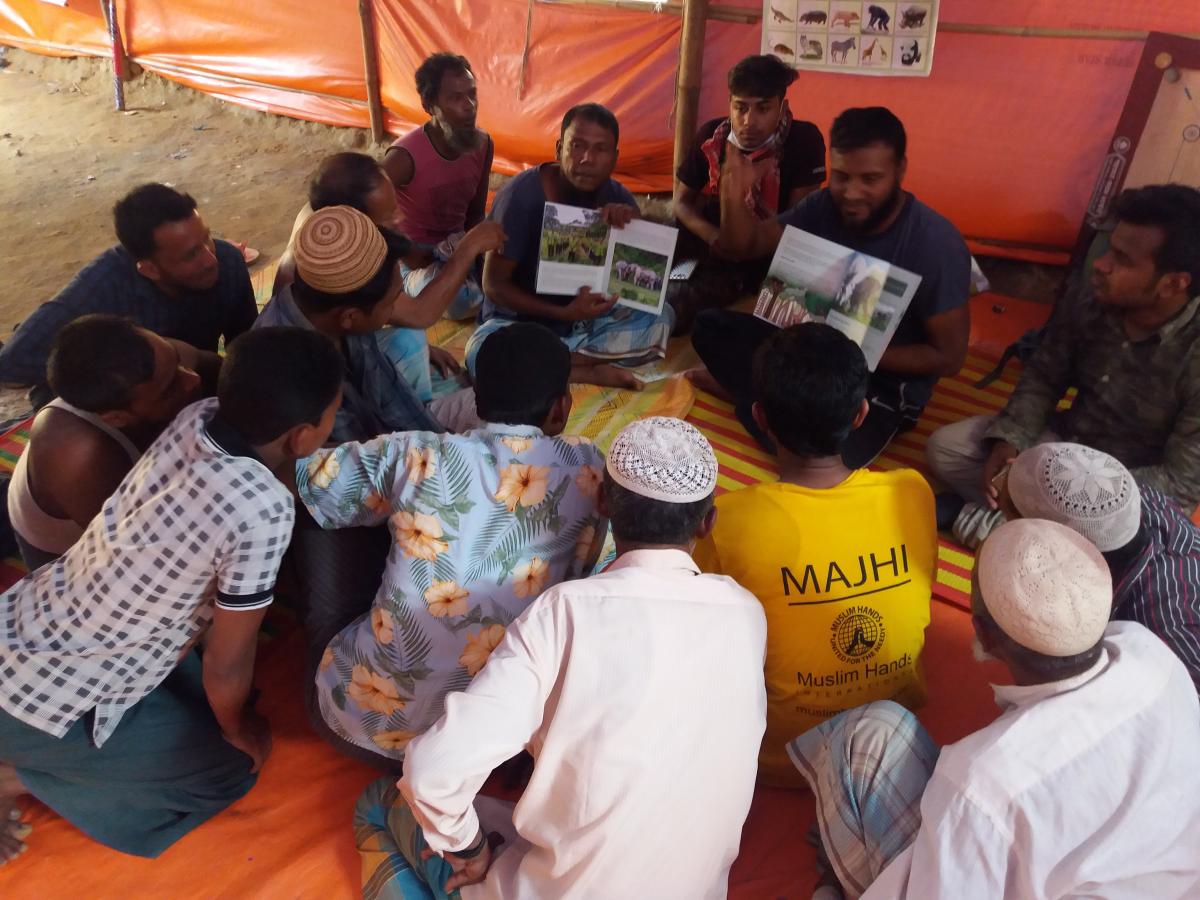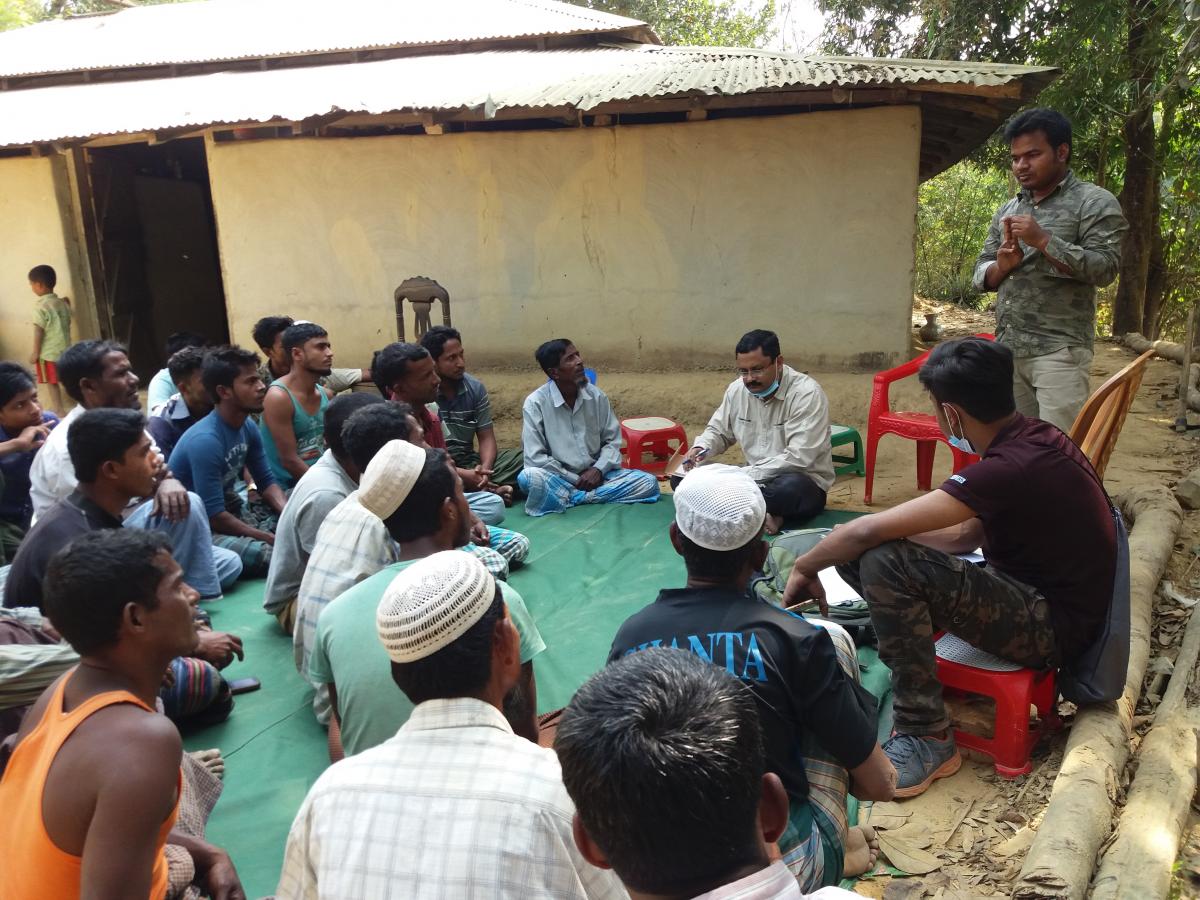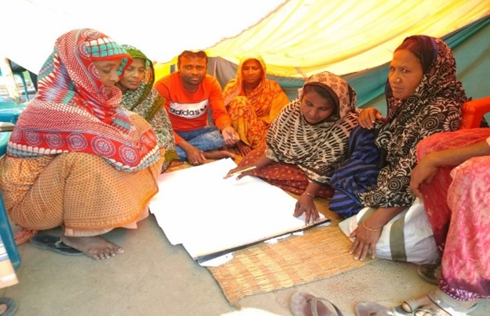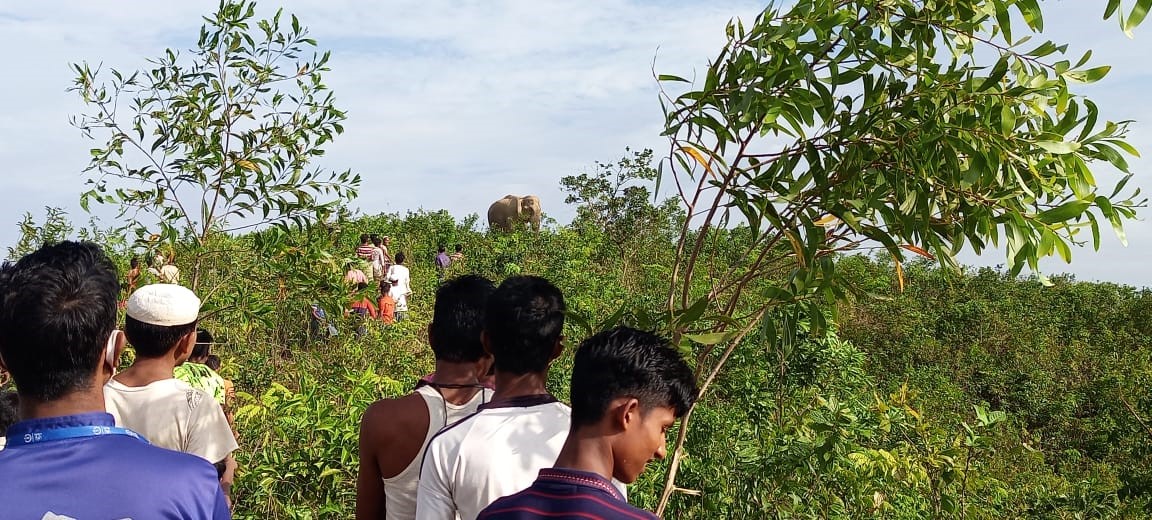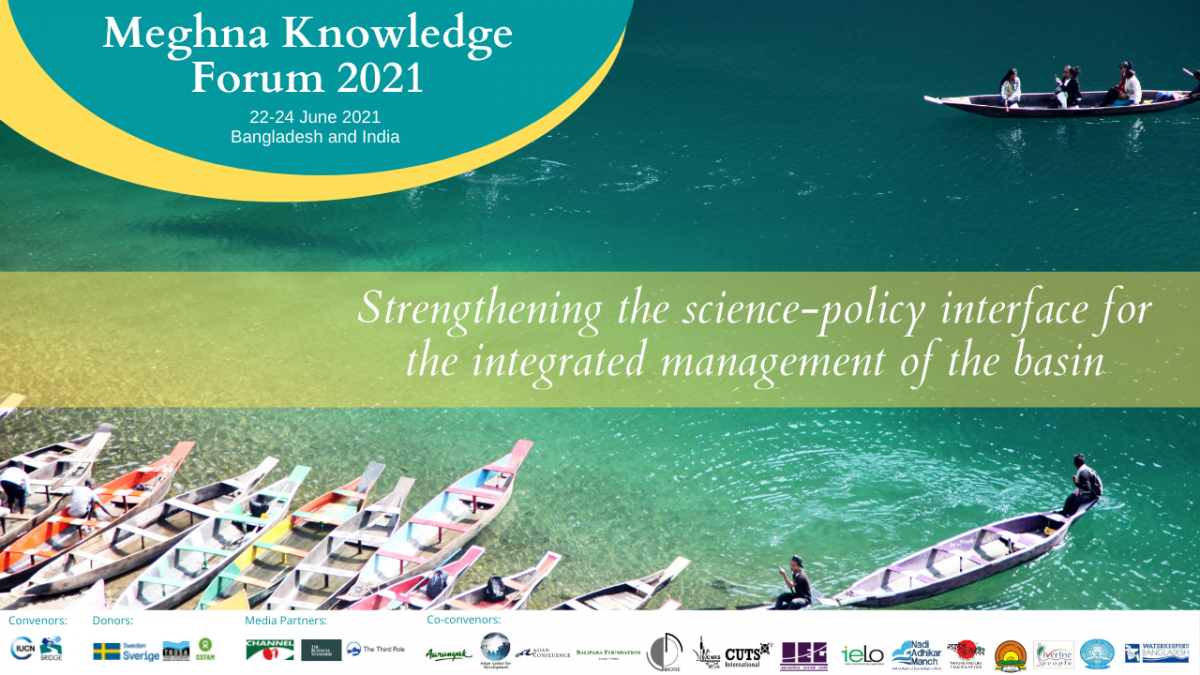UNHCR, IUCN launch plan to prevent human-elephant conflict in Bangladesh refugee settlement
UNHCR, the UN Refugee Agency, has joined up with the International Union for Conservation of Nature (IUCN) in Bangladesh to reduce incidents involving elephants coming into conflict with refugees in the world’s largest refugee settlement.
Since the Rohingya refugee influx into Bangladesh started over six months ago, there have been at least 10 deaths resulting from human-elephant incidents in the main Kutupalong-Balukhali refugee settlement, including one casualty in the past week involving a 12-year-old boy.
The highly congested refugee site, which houses around 560,000 refugees who fled Myanmar, used to be forest land but is now crowded with tens of thousands of refugee shelters and services. The site lies along one of Asian elephants’ main migratory routes between Myanmar and Bangladesh. Asian elephants are a critically endangered species in Bangladesh, thought to number just 268.
“Behaviourally, elephants always follow their traditional routes and corridors for regular movement. If they find any obstacles within it, they try to break it,” said IUCN in the survey report carried out to assess the scale of the problem.
The survey, which covered a hilly area of 70 square kilometres, revealed frequent elephant movement around the refugee settlement area, with the highest concentration of movements along the west boundary. It estimated that as many as 45 elephants could currently be active around the site.
The report said the refugees and some host communities living nearby were highly exposed to future incidents, since elephants could enter from a number of open points. The study also warned there could be spike in the numbers of elephants appearing in the coming days as elephants, often travelling in groups, are forced to forage for food and water during the dry season.
The project will work with both the local host community and the refugees, in close consultation with the Bangladesh Forest Department and the Refugee Relief and Repatriation Commissioner’s Office (RRRC).
Immediate mitigation measures include installing watch-towers in key spots around the refugee settlement and setting up Elephant Response Teams (ERTs), each comprised of 10 refugee volunteers who will be trained to help guard the site. Elephant routes and corridors will be clearly marked, so that people will know which areas to avoid. Awareness campaigns will also be carried out to create better awareness of the risks.
The IUCN is consulting with elephant experts to look at creating an elephant corridor, so the animals can travel safely on their migratory routes and avoid encounters with people living nearby.
“This partnership is critical not only to ensure the conservation of elephants, but to protect refugees, a number of whom have tragically already lost their lives,” said Kevin Allen, UNHCR’s head of emergency operations in Cox’s Bazar.
“We have already begun to set up the Elephant Response Teams as we fear there will be more attacks before the monsoon as well as during the monsoon season,” said Raquibul Amin, Country Representative for IUCN Bangladesh. “The immediate measures we plan to take, however, are only a band-aid on a much wider environmental problem.”
The project is part of a programme by UNHCR and IUCN, working closely with the government authorities, aimed at mitigating some of the environmental impacts linked to the establishment of refugee settlements in Cox’s Bazar.
Other plans include carrying out environmental education and awareness among refugee and the host communities on the importance of forest resources as well as taking steps to improve the environment in the settlement area and nearby surroundings. Advocacy will be conducted for reforestation programme, to ensure that natural resources and a shared environment are better protected.
Notes for editors
This is UNHCR Bangladesh’s first-ever partnership with IUCN.
International Union for Conservation of Nature (IUCN) is the world’s largest international conservation agency and the leading global authority on the status of the environment. In Bangladesh, IUCN works closely with the Ministry of Environment and Forests and its agencies, like the Bangladesh Forest Department, which is the key for implementing technically sound environmental projects that are aligned with the national priorities for forests and biodiversity.
Media Contacts:
UNHCR
Caroline Gluck Tel +88018726 99849; email: gluck@unhcr.org
Joseph Tripura Tel +880171309 0375; email tripura@unhcr.org
IUCN
Haseeb Md. Irfanullah Tel +8801817118522; email haseebmd.irfanullah@iucn.org
UNHCR & IUCN (2018). Survey Report on Elephant Movement, Human-Elephant Conflict Situation, and Possible Intervention Sites in and around Kutupalong Camp, Cox’s Bazar. UNHCR, IUCN (International Union for Conservation of Nature), Dhaka, Bangladesh.
